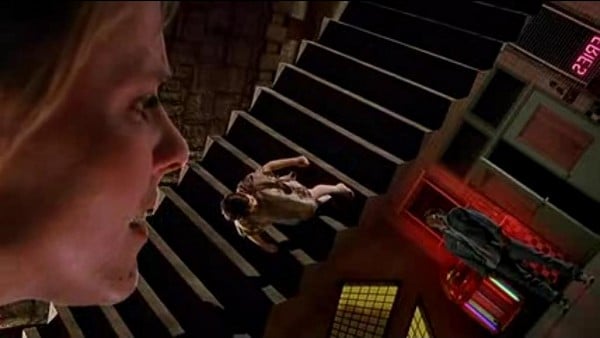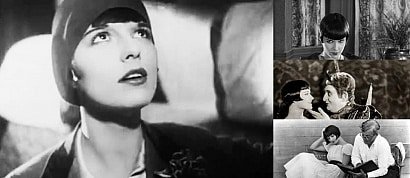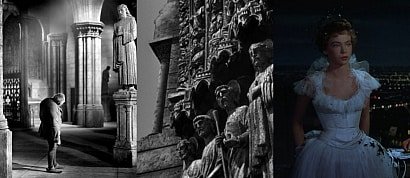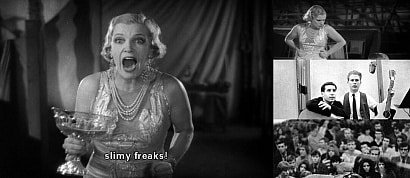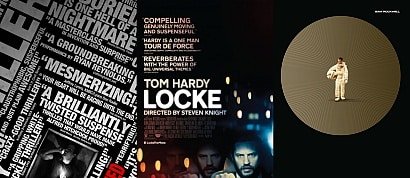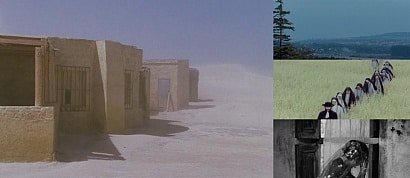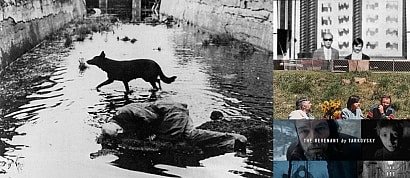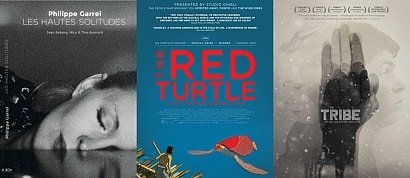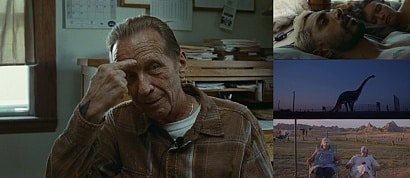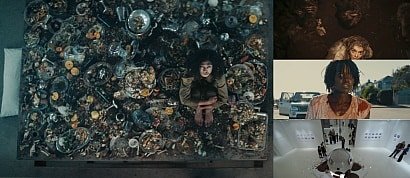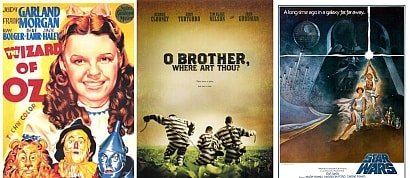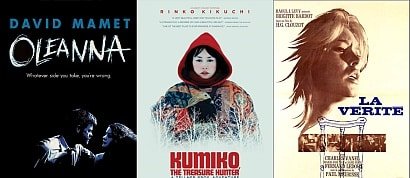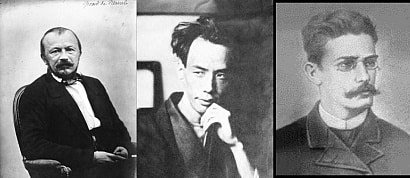en.wikipedia.org/wiki/M._C._Escher
Maurits Cornelis Escher was a Dutch graphic artist who made mathematically-inspired woodcuts, lithographs, and mezzotints.
His work features mathematical objects and operations including impossible objects, explorations of infinity, reflection, symmetry, perspective, truncated and stellated polyhedra, hyperbolic geometry, and tessellations. Although Escher believed he had no mathematical ability, he interacted with the mathematicians George Pólya, Roger Penrose, Harold Coxeter and crystallographer Friedrich Haag, and conducted his own research into tessellation.
Early in his career, he drew inspiration from nature, making studies of insects, landscapes, and plants such as lichens, all of which he used as details in his artworks. He traveled in Italy and Spain, sketching buildings, townscapes, architecture and the tilings of the Alhambra and the Mezquita of Cordoba, and became steadily more interested in their mathematical structure.
Escher's art became well known among scientists and mathematicians, and in popular culture, especially after it was featured by Martin Gardner in his April 1966 Mathematical Games column in Scientific American. Apart from being used in a variety of technical papers, his work has appeared on the covers of many books and albums. He was one of the major inspirations of Douglas Hofstadter's Pulitzer Prize-winning 1979 book Gödel, Escher, Bach.
Despite wide popular interest, Escher was for long somewhat neglected in the art world; even in his native Netherlands, he was 70 before a retrospective exhibition was held. In the twenty-first century, he became more widely appreciated, with exhibitions across the world.
Maurits Cornelis Escher was a Dutch graphic artist who made mathematically-inspired woodcuts, lithographs, and mezzotints.
His work features mathematical objects and operations including impossible objects, explorations of infinity, reflection, symmetry, perspective, truncated and stellated polyhedra, hyperbolic geometry, and tessellations. Although Escher believed he had no mathematical ability, he interacted with the mathematicians George Pólya, Roger Penrose, Harold Coxeter and crystallographer Friedrich Haag, and conducted his own research into tessellation.
Early in his career, he drew inspiration from nature, making studies of insects, landscapes, and plants such as lichens, all of which he used as details in his artworks. He traveled in Italy and Spain, sketching buildings, townscapes, architecture and the tilings of the Alhambra and the Mezquita of Cordoba, and became steadily more interested in their mathematical structure.
Escher's art became well known among scientists and mathematicians, and in popular culture, especially after it was featured by Martin Gardner in his April 1966 Mathematical Games column in Scientific American. Apart from being used in a variety of technical papers, his work has appeared on the covers of many books and albums. He was one of the major inspirations of Douglas Hofstadter's Pulitzer Prize-winning 1979 book Gödel, Escher, Bach.
Despite wide popular interest, Escher was for long somewhat neglected in the art world; even in his native Netherlands, he was 70 before a retrospective exhibition was held. In the twenty-first century, he became more widely appreciated, with exhibitions across the world.
Added to
23 votes
Listal RESISTANCE: Operation Save the Front Page!
(81 lists)list by Nusch
Published 3 years, 5 months ago  3 comments
3 comments
 3 comments
3 commentsPeople who voted for this also voted for
Celluloid Crushes
Film Diary of 2023
Notre Dame Cathedral in Movies
Music Diary 2022
One-Actor Movies
Every Frame A Painting
Two Women Movie
Music Diary 2020: When the Sun Goes Down
Where Your Tax Money Goes To
Dream and Drug Induced Reveries
Films about Hollywood
Speech and Pronouncement - Movies
Chess and Other Games - Movies
In Praise of Andrei Tarkovsky
Posters I Posted ~ 2+ Votes
More lists from Nusch
Films with little or no dialogue
Philosophical and Psychological Posters
My Personal Favourite Movies
Capitalist Horror Films
Listal RESISTANCE: Operation Save the Front Page!
Films About The Nature of Truth
Writers Who Committed Suicide
 Login
Login